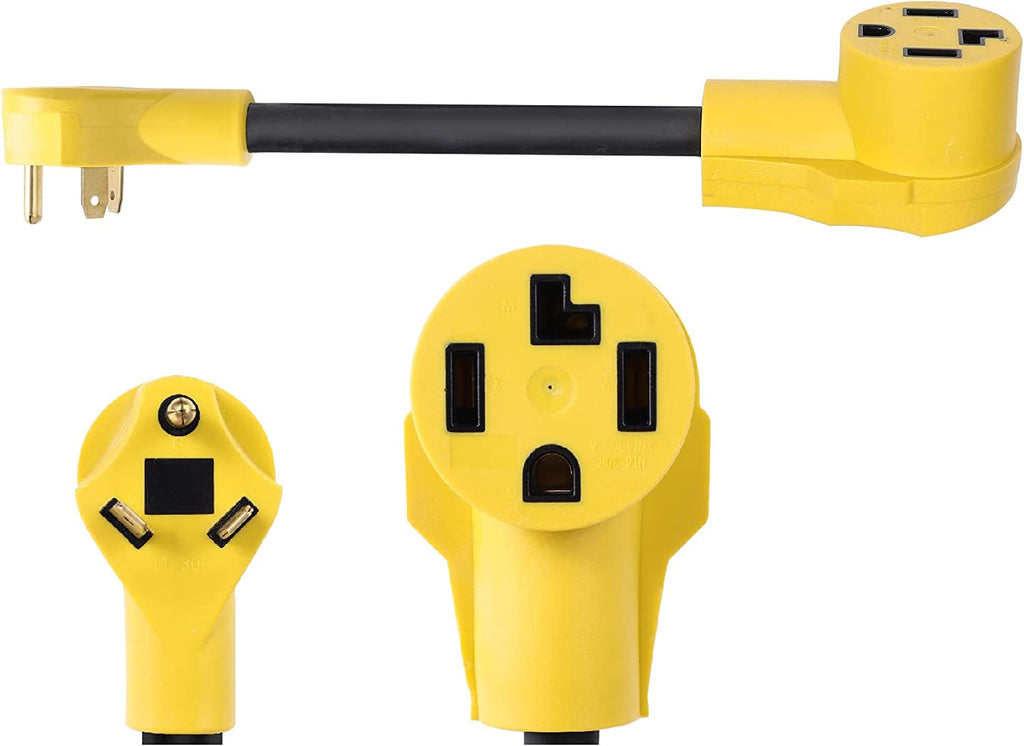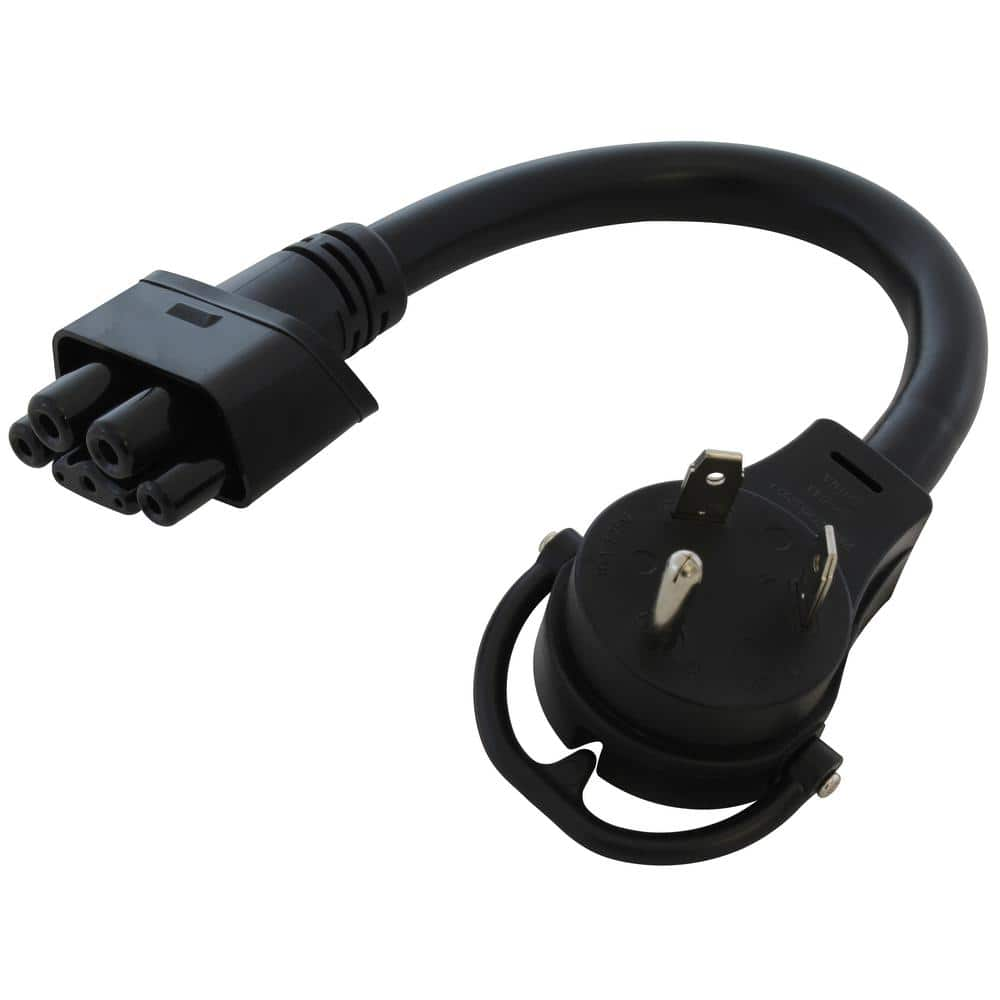Thanks
@ATPMSD.
What will happen when the THD of a generator is too high? I am assuming that the mobile connector will not work, but without any damage caused. Is that correct? I am tempted to try it with the adapter that you have linked above. The current can always be reduced to 20A or even lower, if the breaker pops.
Thanks!
Um. This is one of those cases where my gut reaction says, "Don't go there."
As it happens, I'm a EE and have mucked with DC-DC converters for a living from time to time.
The usual trick (and, no, I don't know exactly what Tesla does) is to rectify the AC voltage coming in from the wall socket, then feed the ripply voltage/current through an L-C filter to smooth to some DC value. That then gets fed into switching transistors that run at $DIETY's own speed which generates a relatively high frequency alternating waveform, typically pulse width modulated, that gets fed into the primary of a ferritic transformer. The output of said transformer is rectified with more switching transistors and filters. Efficiency of the whole shebang, if done right, is in the 90%+ range.
But the assumption on the input side is that one is receiving a 50Hz/60Hz fairly pure sine wave; the capacitors, inductors, and switching transistors all make that assumption, and there's voltage and current monitors that make that assumption, too. However, I'm aware of AC generators whose output can be anything from a square wave (!) to a stepped wave with, say, five steps between -240 and +240 and back. It's more complicated and expensive to make the waveform a near sine wave so, unless the generator manufacturer actually
says so, the assumption is that it's not that.
FWIW, I happen to have solar power on the roof. There's a couple of inverters in the garage that take the widely variable DC voltage and current from the panels and, at something like a 100 kHz rate, put little tiny pulses (but high power) into these enormous toroidal ferritic transformers. On the 4800 W inverter, said transformer is is about 2 feet in diameter; the diameter of the toroidal part is about 5" and, I kid you not, those suckers are
heavy. But the result of all those teeny pulses going into a large inductance like that is that they get very thoroughly smoothed, so the output is a near-pure sine wave.
The company that made these things some 15 years ago knew that they had to live with a 15-year warranty; so, rather than building something much smaller and more complex, they definitely went old-school with the heavy transformers.
The point is: getting a good sine wave out of a generator is
not a walk in the park. If you're buying a generator, then it's on you to dig and find out just how ragged that "sine wave" is. If the company isn't talking, then it's because they know it'll light up a lightbulb (so long as it's not LED or florescent), but won't work with laptops and the like. Or Teslas.







